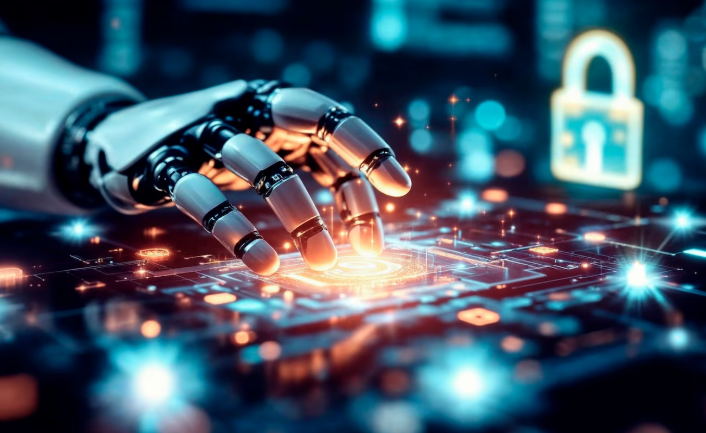AI Cybersecurity is no longer a buzzword—it’s the cornerstone of modern digital defense strategies. As cyber threats evolve in sophistication, organizations must adopt intelligent solutions that adapt in real time. In this article, we explore five incredible applications of AI Cybersecurity that are transforming how businesses, governments, and individuals safeguard critical data and systems.
1. Automated Threat Detection and Response
Traditional security tools rely on predefined signatures to detect known threats, leaving networks vulnerable to novel attacks. AI Cybersecurity platforms leverage machine learning to analyze vast streams of network traffic, user behavior, and system logs. By identifying anomalous patterns—such as unusual login times or data exfiltration attempts—these systems trigger automated containment measures within milliseconds. Organizations report up to a 60% reduction in breach dwell time after deploying AI-enabled detection engines.
2. Predictive Risk Analytics
Rather than reacting to incidents, AI Cybersecurity shifts the paradigm toward prediction. Using historical attack data and real-time environmental factors, predictive models assess the likelihood of specific threats—like ransomware or phishing campaigns—targeting an organization. Security teams receive risk scores and recommended mitigations, enabling proactive hardening of vulnerable assets. Early adopters have seen a 45% decrease in successful phishing exploits by prioritizing high-risk user training and patch management based on AI-driven insights.
3. Intelligent Endpoint Protection
Endpoints—from employee laptops to IoT sensors—remain prime targets for cybercriminals. Next-gen antivirus solutions powered by AI Cybersecurity employ deep learning to classify files, scripts, and executables according to behavioral characteristics rather than static signatures. This approach catches zero-day malware and polymorphic variants that evade legacy defenses. In benchmark tests, AI-driven endpoint agents blocked 98% of previously unseen threats, compared to 72% for signature-based counterparts.
4. Adaptive Access Controls
Ensuring that only authorized users and devices access sensitive resources is a critical challenge. AI Cybersecurity systems implement adaptive authentication by continuously evaluating context signals—such as geolocation, device health, and user behavior. When risk thresholds are exceeded, the system can require step-up authentication (e.g., biometric verification) or quarantine the session. Companies deploying adaptive controls report a 50% drop in credential-based attacks without impeding legitimate user productivity.
5. Autonomous Security Orchestration
Security operations centers (SOCs) are inundated with alerts from disparate tools, leading to alert fatigue and slow response times. AI Cybersecurity platforms unify these signals and use orchestration engines to automate workflows across firewalls, SIEMs, and ticketing systems. For example, when a compromised account is detected, the AI can automatically isolate the user’s session, revoke access keys, and open an incident ticket for further investigation. This level of autonomy has shaved hours off mean time to remediation (MTTR) for many enterprises.
Why You Need AI Cybersecurity Today
The cyber threat landscape in 2025 is defined by speed, scale, and stealth. Manual processes simply can’t keep pace with automated attacks. By embedding AI Cybersecurity throughout your security stack—detection, prevention, and response—you gain a dynamic defense that learns and adapts along with emerging threats. Whether you’re a small startup or a global corporation, these innovations deliver measurable ROI through reduced breach costs, streamlined operations, and enhanced compliance postures.
Investing in AI Cybersecurity now ensures you’re not just reacting to yesterday’s attacks but anticipating tomorrow’s risks. Ready to see these capabilities in action? Visit yourdomain.com/ai-cybersecurity-2025-pt to schedule a demo and safeguard your digital future.


